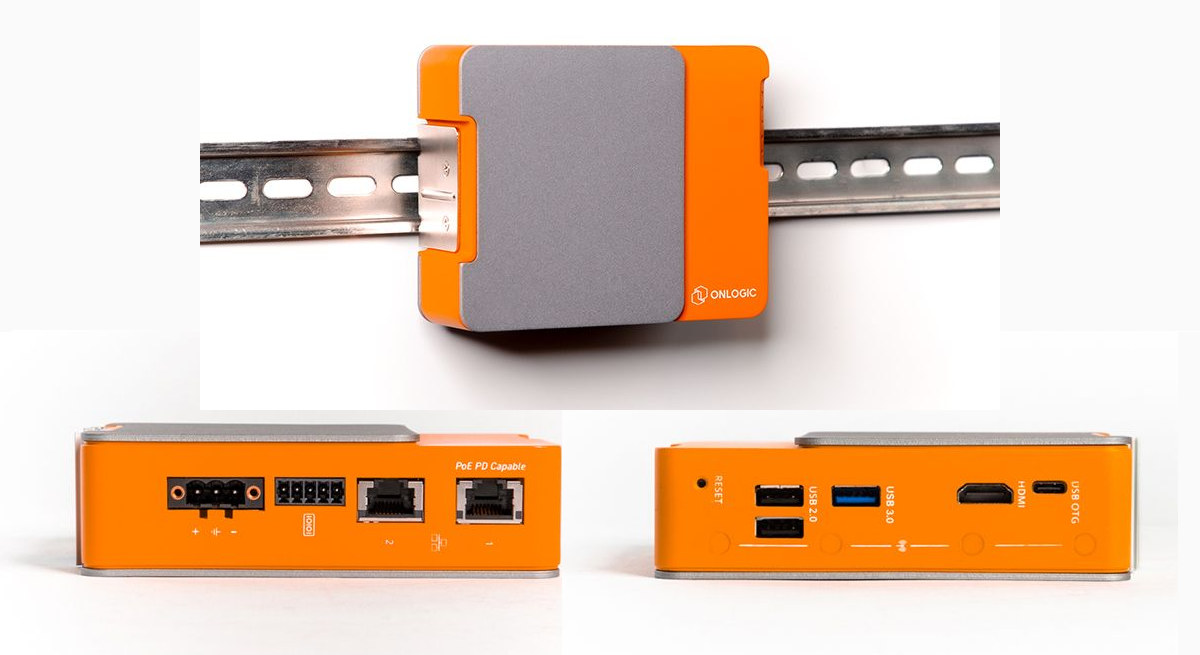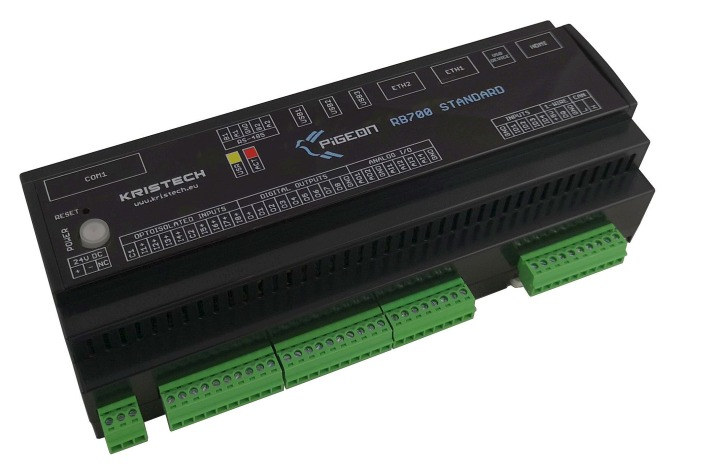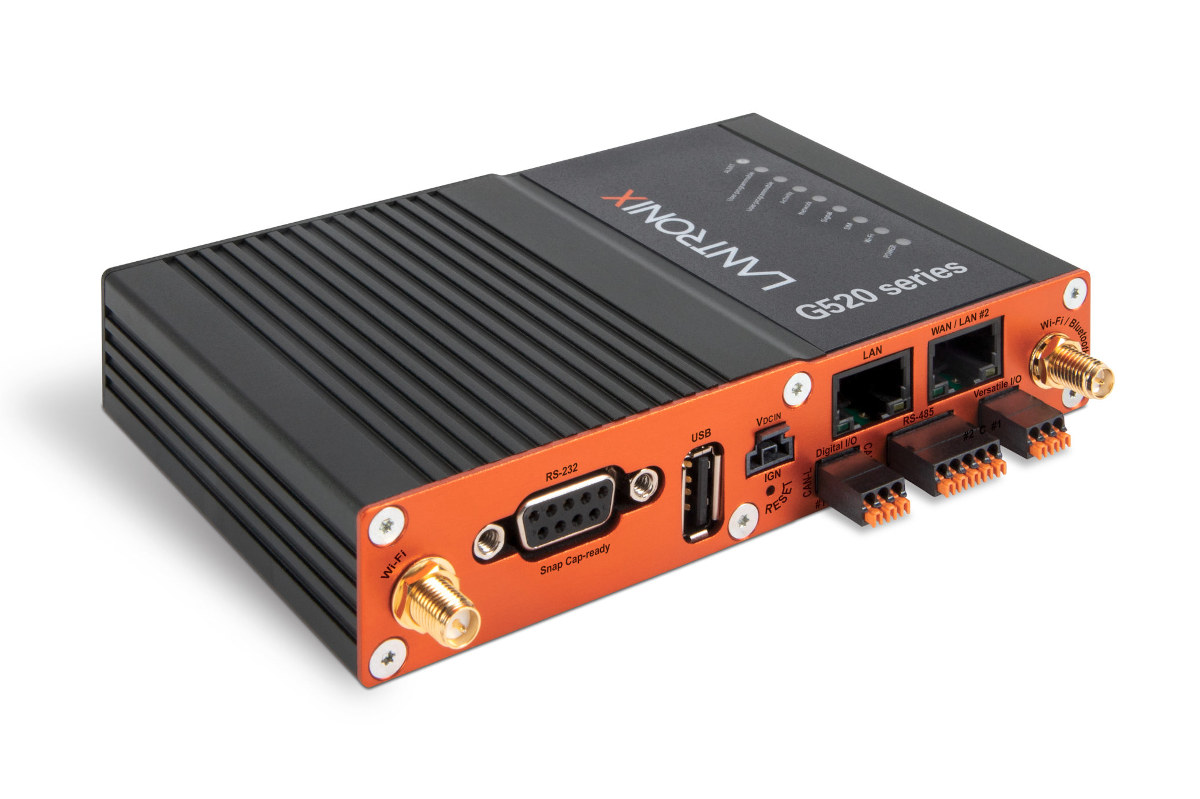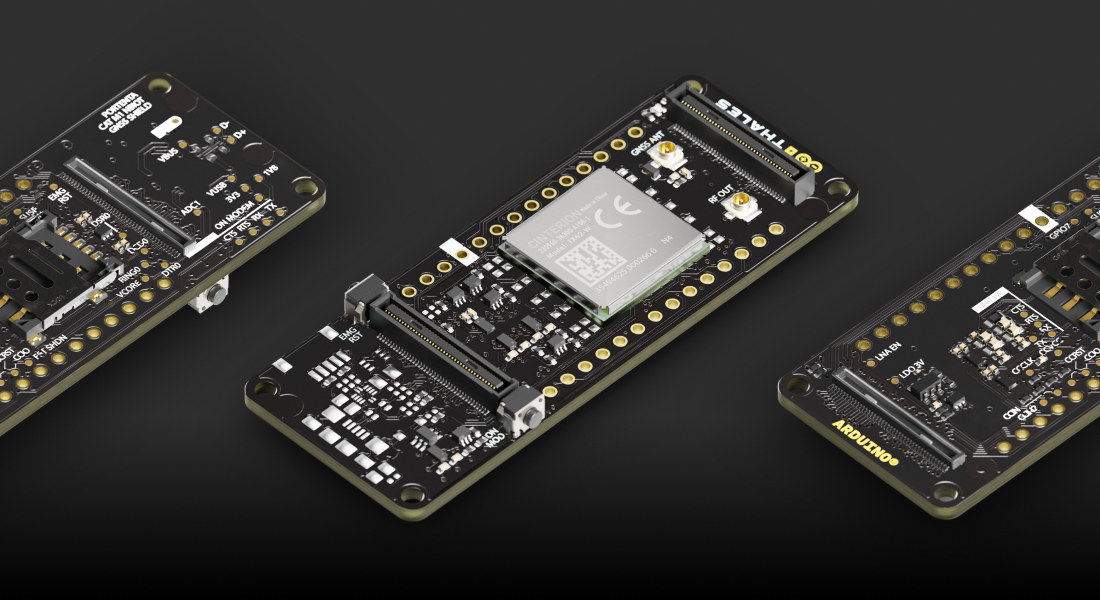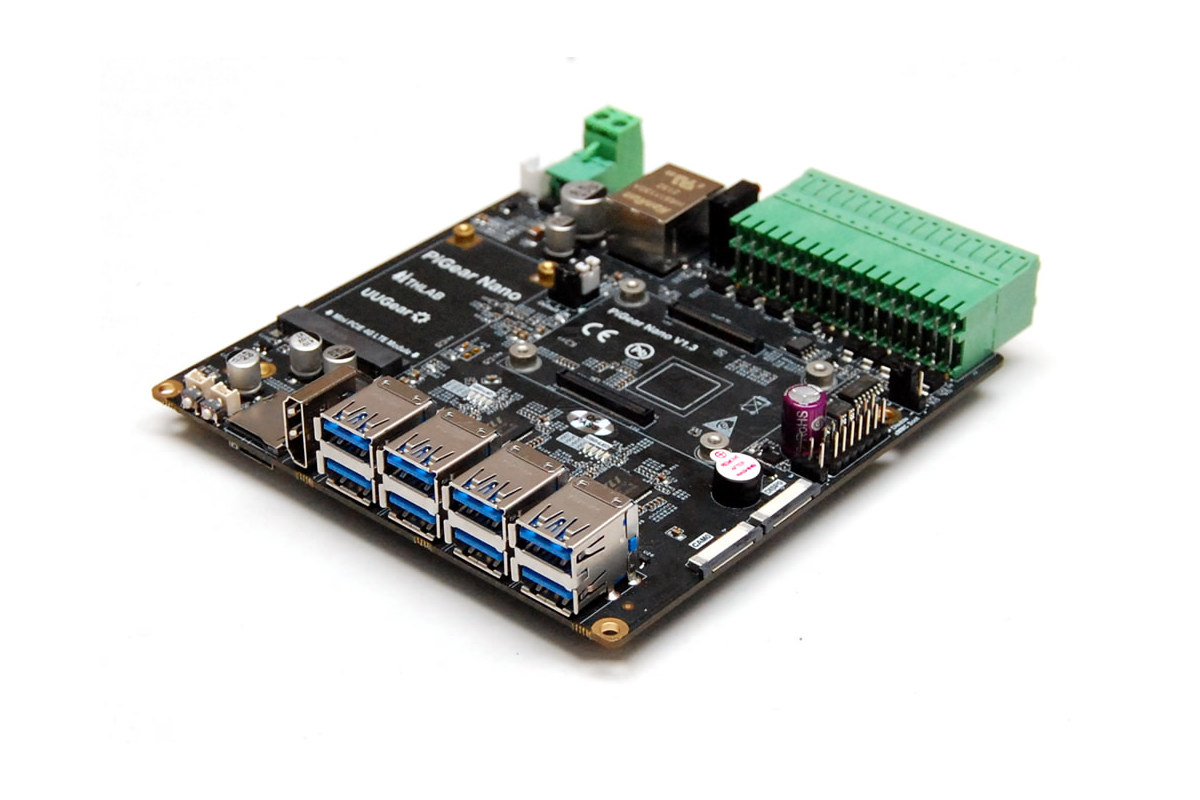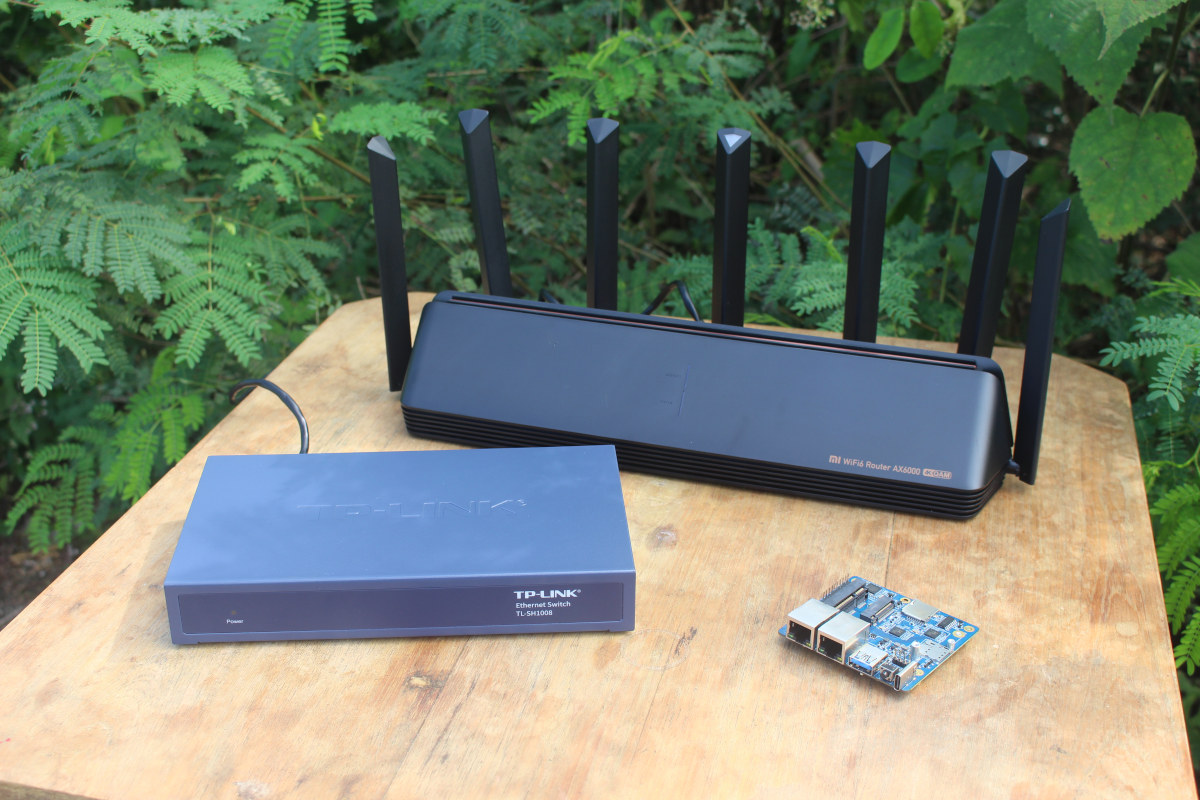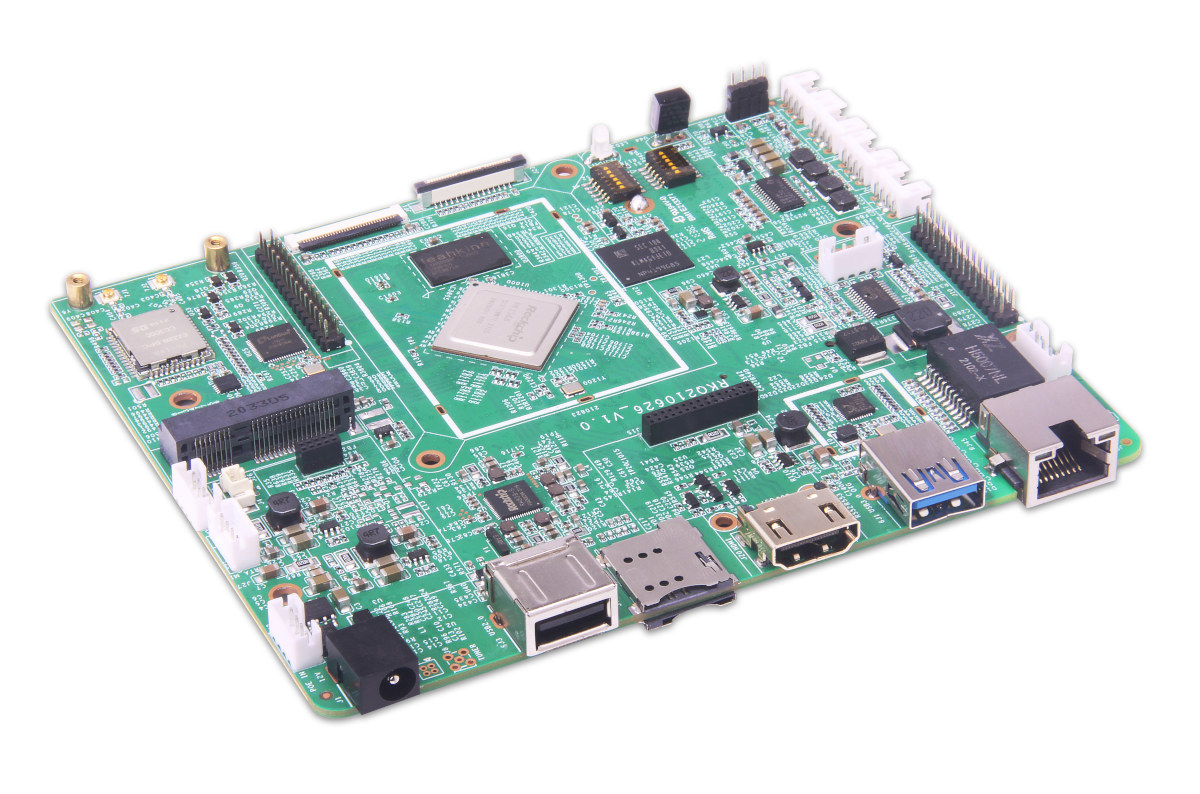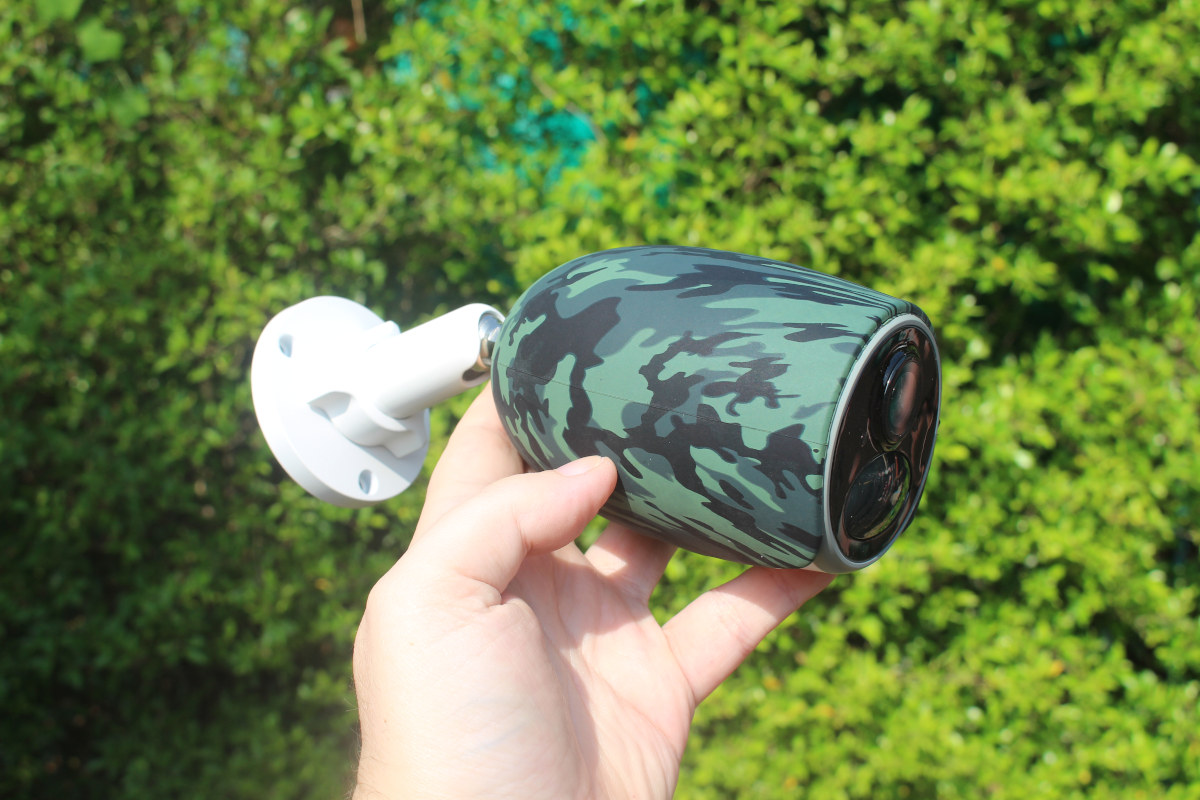OnLogic has announced the launch of the Factor 201, a compact fanless industrial PC based on Raspberry Pi CM4 (Compute Module 4) for Edge IoT applications, and is working on the Factor 202 industrial controller with onboard digital and analog I/Os (DIO & AIO), as well as a capacitive touchscreen. OnLogic Factor 201 Specifications: SoM – Raspberry Pi CM4 with Broadcom BCM2711 quad-core Arm Cortex-A72 processor @ up to 1.5 GHz, up to 8GB LPDDR4 RAM, up to 32GB eMMC flash Additional storage – Optional M.2 SATA SSD (See Expansion section) Video Output – HDMI port up to 4Kp60 Networking 2x Gigabit Ethernet LAN (Optional PoE PD Input) via Realtek RTL8153 controller Optional WiFi/Bluetooth module on Raspberry Pi CM4 module + 3x antenna holes Optional 4G LTE wireless module via M.2 socket USB – 1x USB 3.2 Gen 1 port, 2x USB 2.0 ports, 1x USB-C management port Serial – […]
Pigeon RB700 is a DIN Rail automation controller with RS-485, RS-232, Ethernet, CAN FD, 1-WIRE, RS-232, and more
We’re covered DIN-Rail industrial computers powered by Raspberry Pi CM4 module, but Kristech’s Pigeon RB700 automation controller may be the one with the most features so far thanks to two RS-485 ports, two Ethernet ports, CAN FD, 1-WIRE, RS-232, 12 digital inputs (8 optoisolated, 4 dry contacts), and 8 digital outputs. That’s for the common features present in all variants including RB700 Essense. The RB700 Standard model adds UPS, HDMI, analog I/Os, and TPM, while the RB700 Advance is further equipped with two M.2 sockets (for SSD and/or cellular modem) and two additional RS-232 ports. Pigeon RB700 specifications: Supported SoM- Raspberry Pi CM4 with up to 8GB RAM, up to 32GB flash, optional WiFi 5 and Bluetooth 5.0 module Video Output (Standard and Advance) – HDMI port Networking – 2x Ethernet ports USB – 2x or 3x USB 2.0 ports Wired communication interfaces 3x RS-232, 2x RS-485, CAN FD, 1-Wire […]
Lantronix G520 cellular gateways target industrial communication, cybersecurity, and transportation
Lantronix G520-series 4G LTE Cat 4 and 5G cellular gateways are designed to address challenges in Industry 4.0, security, and transportation markets with three/four separate gateways all based on an unnamed ARM926EJ-S-based CPU running at 600 MHz that’s most likely Microchip SAM9X60 processor introduced in 2020. All gateways are from the same base with variation for specific markets: G526 Industrial Gateway with LTE Cat 4 Ethernet, Serial, I/O, Fieldbus conversion, and other industrial protocols G527/G528 Security Gateway with LTE Cat 13 or 5G, built-in cryptographic secure element and PSE-PoE G528 Transportation Gateway (coming soon) with LTE Cat 4, GNSS, accelerometer, CAN Bus reading, and other tracking features Lantronix G520-series specifications: SoC – ARM926EJ-S-based processor running at 600 MHz with 32 KB instruction cache and 32KB data cache System Memory – 256MB DDR2 SDRAM Storage – 8MB SPI flash for OS, 256MB parallel NAND flash, MicroSD slot, or USB flash drive […]
Arduino Portenta gets an LTE Cat. M1/NB IoT GNSS shield
Arduino PRO Portenta family of industrial boards is getting a new LTE Cat. M1/NB-IoT GNSS shield that adds global connectivity and positioning capabilities through the Cinterion TX62-W LPWAN IoT module by Thales. The shield works with the Portenta H7 board as well as its lower-cost variants and Arduino MKR boards and will power industry 4.0 and edge computing solutions such as positioning, asset tracking, and remote monitoring applications at the factory, in agriculture, public utilities, and smart cities. Portenta CatM1 shield specifications: Cinterion TX62-W module with: 3GPP Rel.14 Cat.M1, Cat.NB1, Cat.NB2 Global coverage with a single SKU FDD-LTE Bands – 1, 2, 3, 4, 5, 8, 12, 13, 18, 19, 20, 25, 26, 27, 28, 66, 71, 85 LTE Cat. M1 – DL: max. 300 kbps, UL: max. 1.1 Mbps LTE Cat. NB1 – DL: max. 27 kbps, UL: max. 63 kbps LTE Cat. NB2 – DL: max. 124 kbps, […]
PiGear Nano – A Nano-ITX Raspberry Pi CM4 carrier board with 7-30V DC input
PiGear Nano is an Nano-ITX carrier board for Raspberry Pi CM4 (Compute Module 4) designed for industrial applications with a -30°C to +80°C temperature range, 7 to 30V DC input, as well as RS232, RS485, and CAN bus interfaces. The board also features one Gigabit Ethernet port, one HDMI port, MIPI DSI and CSI display & camera interface, M.2 SSD storage, eight USB 3.0 ports, mini PCIe and SIM card sockets for 4G LTE cellular connectivity, and various digital input and output interfaces. Pigear Nano specifications: Supported SoM – Raspberry Pi CM4 and CM4 Lite modules Storage – 1x NVMe SSD M.2 socket, 1x MicroSD card slot for Compute Module 4 Lite only Display I/F – 1x HDMI Type-A connector, 1x MIPI DSI interface x 1 Camera I/F – 1x MIPI CSI interface Networking 1x Gigabit Ethernet RJ45 port Optional 4G LTE/GPRS via mini PCIe socket plus SIM card slot […]
Radxa E25 carrier board, 2.5GbE switch, and WiFi 6 router
I’ve just received an early sample of Radxa E25 dual 2.5 GbE carrier board for Radxa CM3 Plus (RK3568) system-on-module, a 2.5GbE TP-Link switch, and Xiaomi AX6000 WiFi 6 + 2.5GbE router. Here’s the back story before looking into the devices. I’ll soon have to review UP Xtreme i11 mini PC with a 2.5GbE port, and after writing about the upcoming ROCK5 Model B SBC with both 2.5GbE and WiFI 6/6E, I realized I should really get some hardware to test 2.5GHz and WiFi 6. So I started to ask what could be the best options for a $200 budget. While thinking about it, I remember Radxa was working on the Radxa E23 board with 2.5GbE, and adding a WiFi 6 USB dongle might be an option. But they told me Radxa E25 would be a better option with two 2.5GbE ports and support for WiFi 6, although that one […]
Rockchip RK3568 SBC to power 4G/5G, WiFI 6 connected smart displays, features an optional tuner
Geniatech is back with another Rockchip RK3568 SBC. The K3-3568 single board computer is designed specifically for smart displays with 4G LTE, 5G, or WiFi 6 connectivity, and follows last year’s “Geniatech RK3568 development board” (aka DB3568) offered as a full-featured development kit for Rockchip RK3568 SoC. K3-3568 SBC ships with up to 8GB RAM, up to 64GB eMMC flash, and offers multiple display interfaces with HDMI, MIPI DSI, LVDS, eDP, plus and an internal HDMI input connector, as well as support for an optional DVB-T2, ISDB-T, DMBT, or ATSC digital tuner. Geniatech K3-3568 specifications: SoC – Rockchip RK3568 quad-core Cortex-A55 processor up to 1.5/2.0 GHz with Arm Mali-G52 GPU supporting OpenGL ES 1.1/2.0/3.2, OpenCL 2.0, Vulkan 1.1, 0.8 TOPS NPU for AI acceleration System Memory – 2GB, 4GB, or 8GB LPDDR4 Storage 16GB, 32GB, or 64GB eMMC 5.1 flash MicroSD card slot M.2 socket for NVMe SSD (See expansion […]
Reolink Go Plus 4G smart security camera with solar panel – Unboxing and first setup
I’ve received several Reolink IP cameras either connected over WiFi or Ethernet, but the company has just sent me Reolink Go Plus 4G security camera together with a solar panel that would let me access the camera from anywhere with cellular network connectivity. Reolink Go Plus integrates a 4MP camera and supports person and vehicle detection, just like Reolink RLC-810A model I reviewed earlier this year. I have three Reolink cameras, and I’m somewhat satisfied except that the connection to WiFi cameras is often unreliable, and I have to rely on Cloud backup to play video captures most of the time. The Ethernet-connected Reolink RLC-810A has a much more reliable connection. So I’ll have to see if the Reolink Go Plus camera is more accessible over 4G LTE than WiFi cameras. I’ll start the review by checking out the packages and going through the initial setup for the Reolink Go […]


